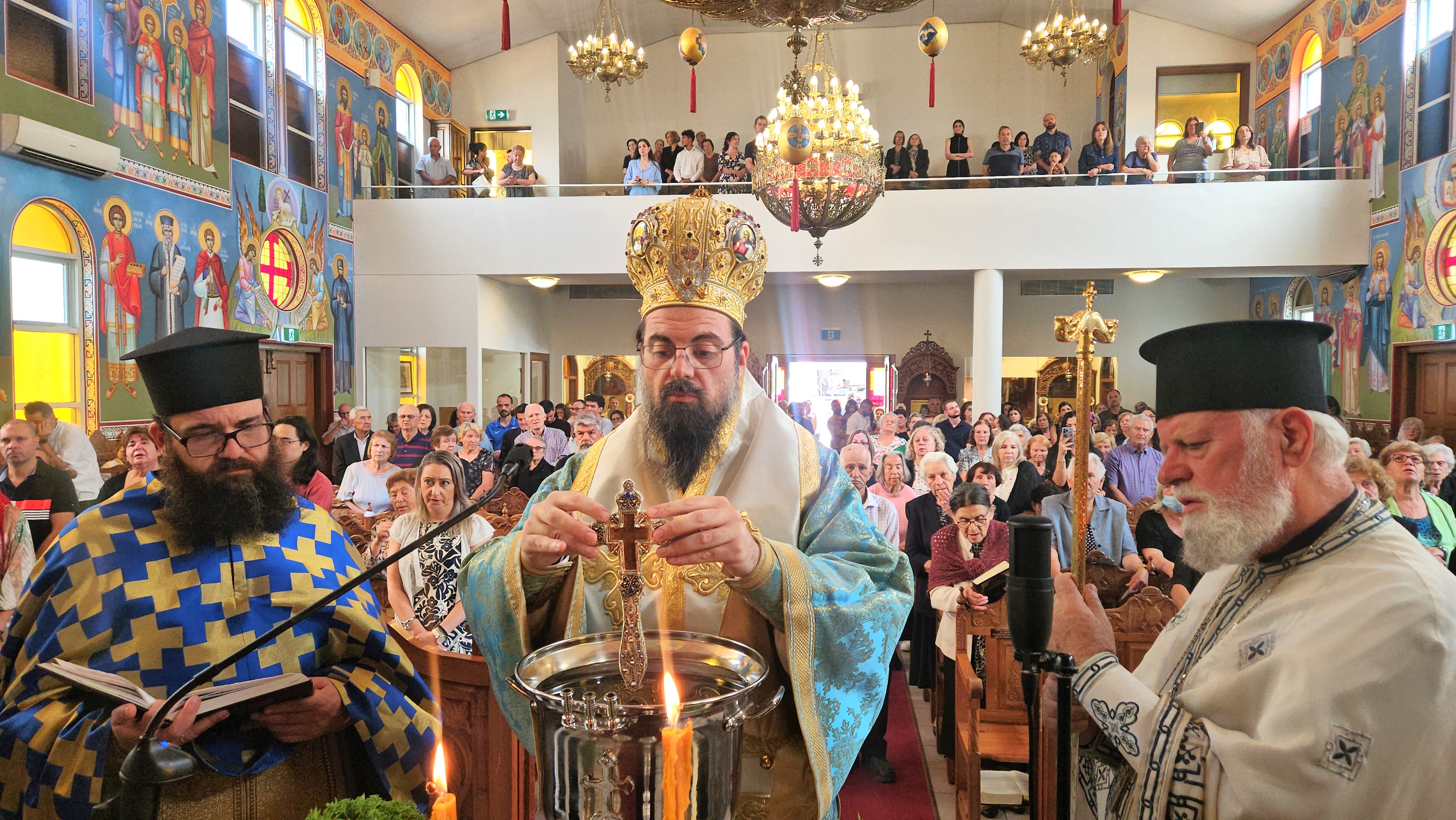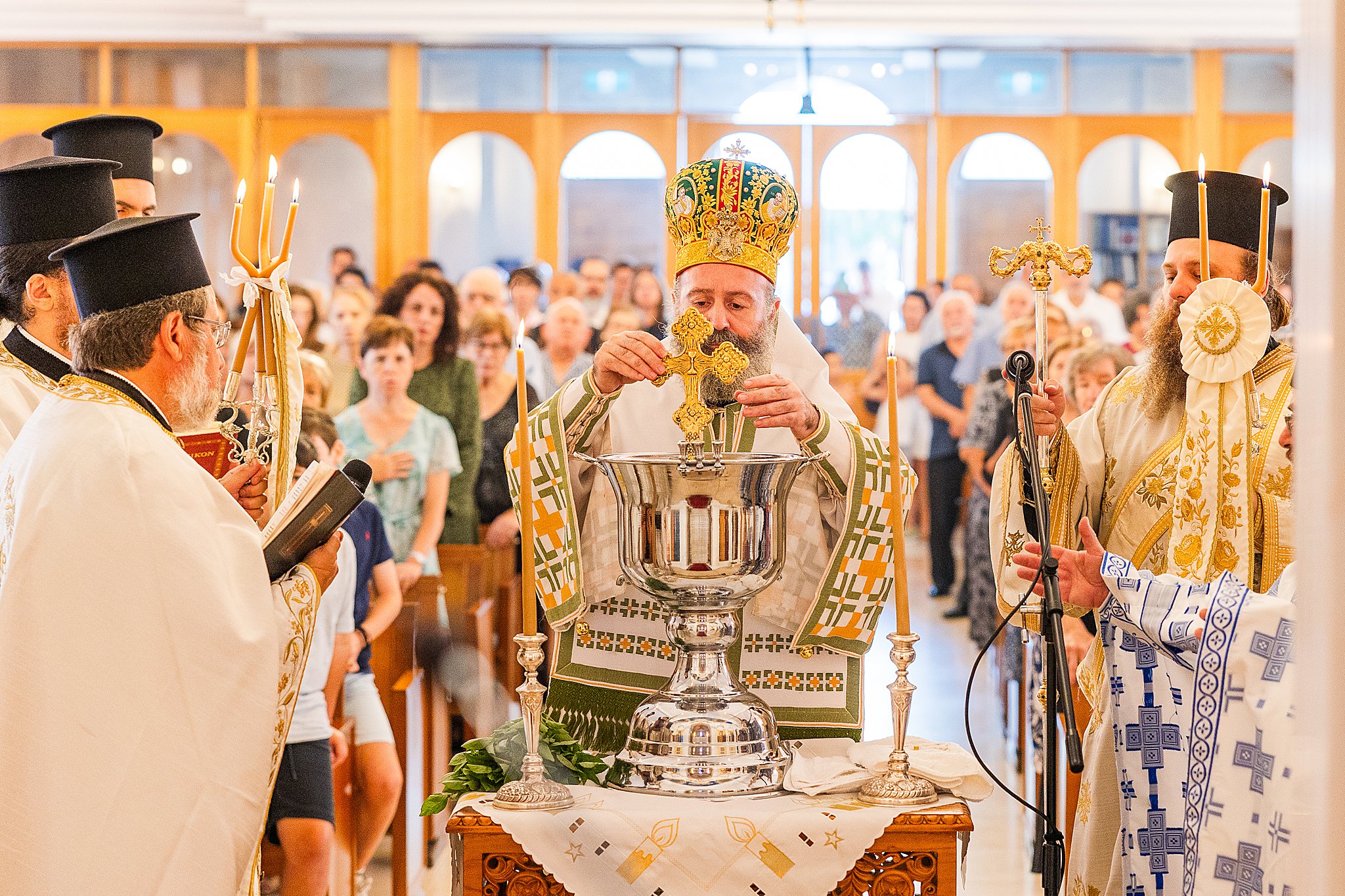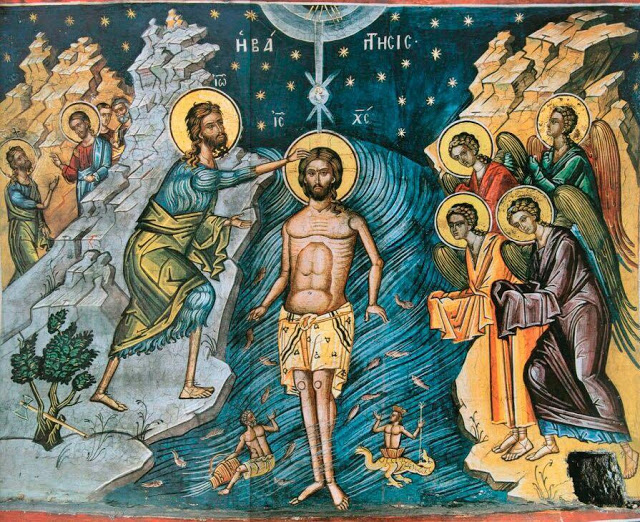Adelaide: The Beheading of St John the Baptist and missionary journeys into the Australia Outback
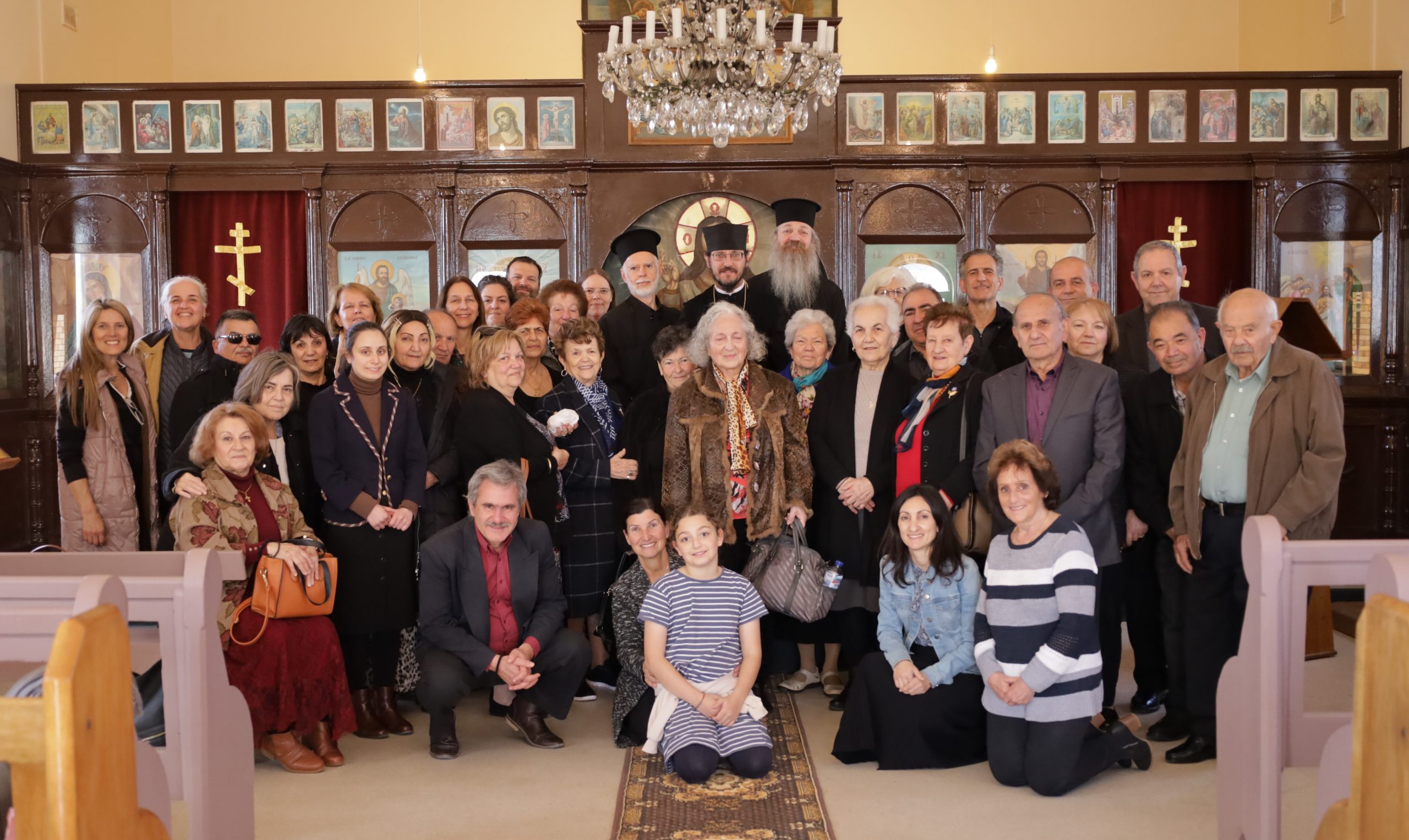

The regional city of Port Augusta is home to the Parish of St John the Baptist. One of the larger regional towns in South Australia (with around 14,000 residents), Port Augusta was also once home to a sizeable Greek community who built and maintained the Parish.
With less than a dozen Orthodox remaining in the city, the Parish is now kept alive mainly through missionary visits conducted with the blessings and prayers of His Eminence Archbishop Makarios of Australia, under the delegation of his Archepiscopal Vicar, His Grace Bishop Silouan of Sinope. These visits are timed to honour the Holy Forerunner by visiting the Parish on his feast days – chief of which is the commemoration of his Beheading on the 29th of August. The grounds of the Church are also lovingly maintained by the few remaining locals, as well as dedicated individuals from the community of the neighbouring city of Port Pirie.
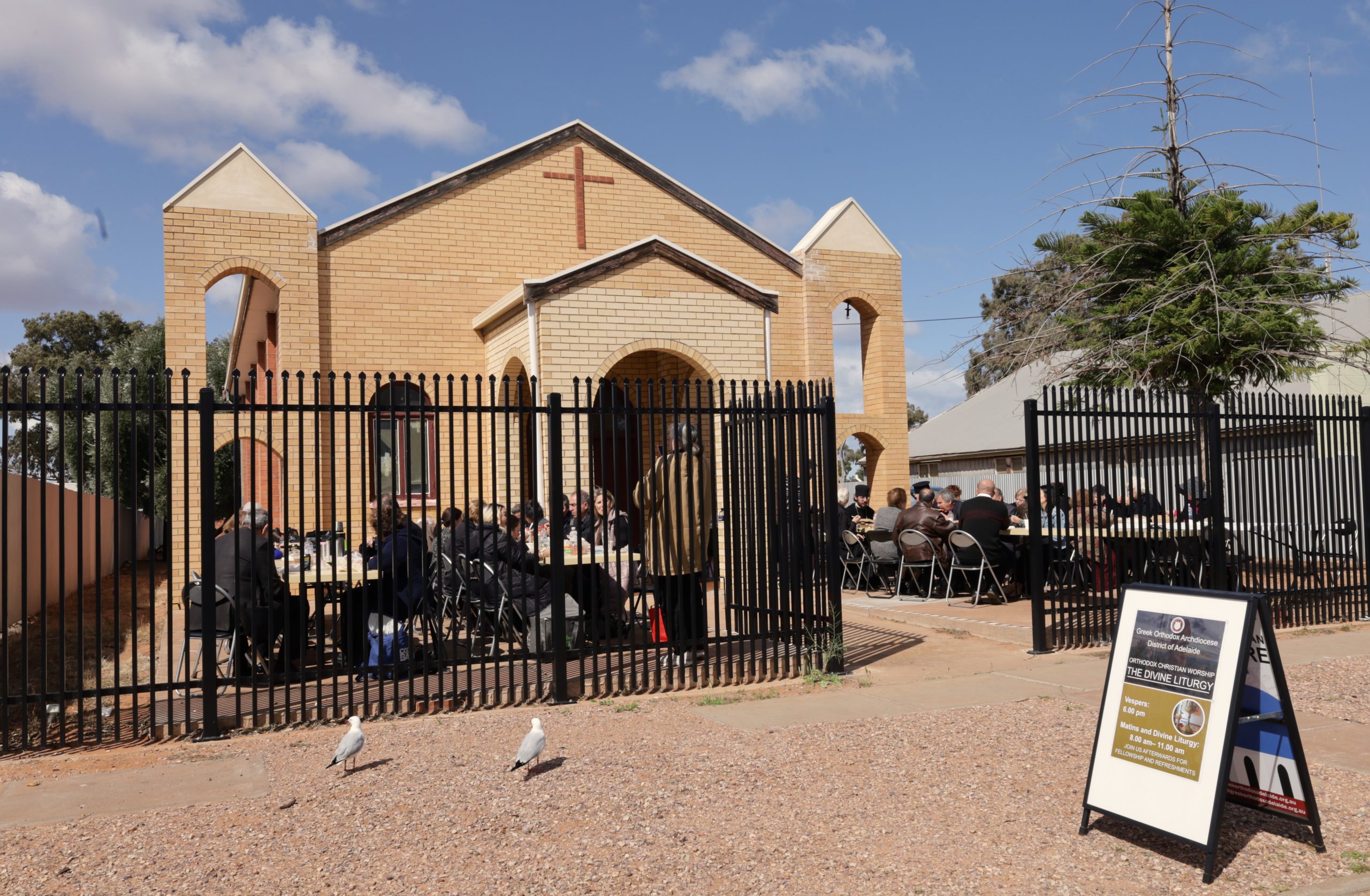

Given that Port Augusta is a substantial trip (3.5hr drive) from the capital, His Grace also used Port Augusta as a base from which he can reach other more remote communities. On this occasion, His Grace used the opportunity to visit Coober Pedy – a town in the middle of the South Australian outback, halfway between Adelaide and Alice Springs. Coober Pedy is a town of around 1,700 people, and is world-renown both as the opal capital of the world, and (closely related) for its unique style of underground buildings known as “dugouts”.
In fact, the very name “Coober Pedy” is from the language of the local Aborigines, meaning “white man in a hole”. Dugouts evolved as a cheap way for prospectors to house themselves in the very same mines that they had dug in search of opal, and proved an effective way of escaping the worst of the oppressive heat during summer, which frequently reaches into the high 40s.
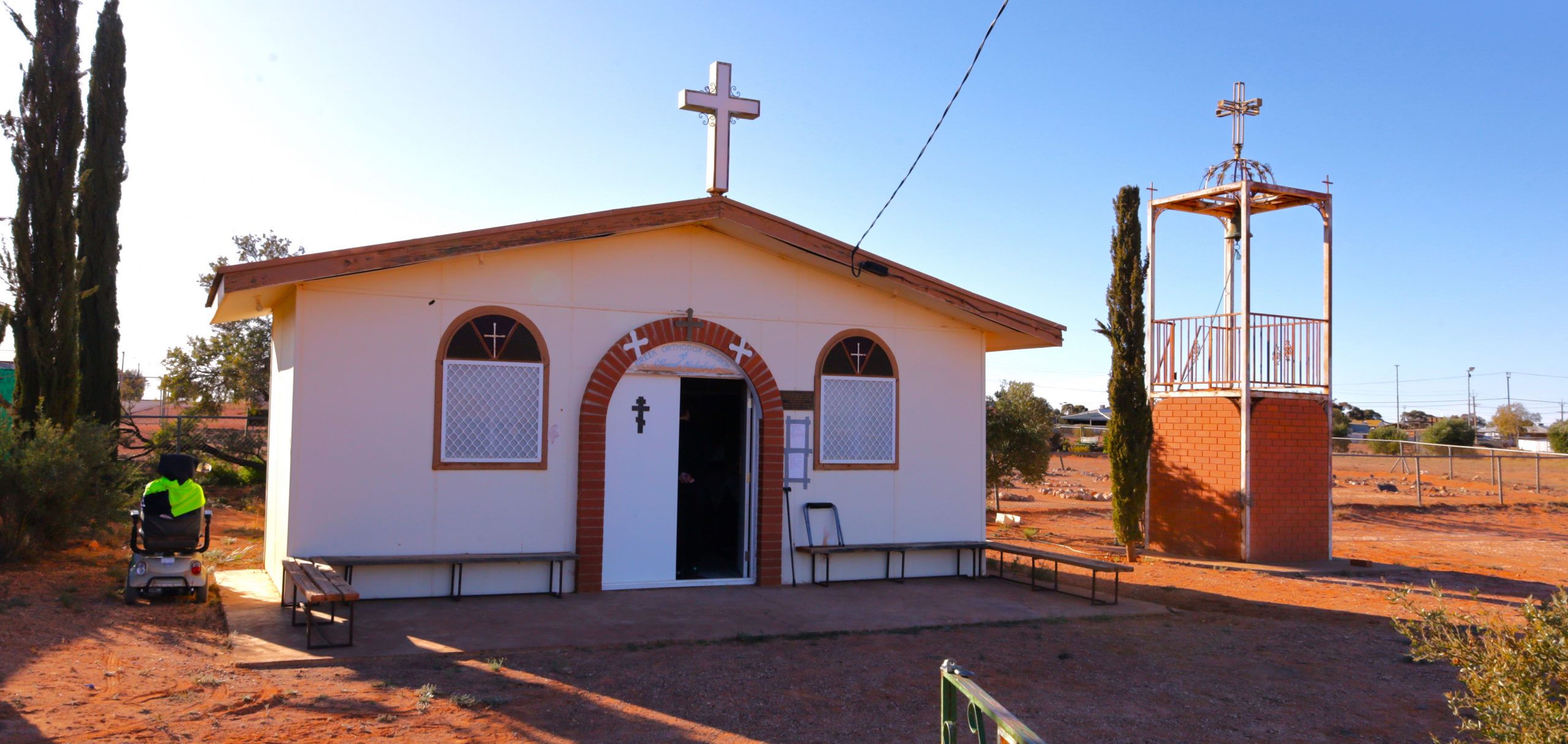

The town was once home to hundreds of Greek and Serbian migrants (amongst many other nationalities) who ventured to the town hoping to make their fortune mining opal. Thus, the town became home to not one, but two Orthodox Churches – the Parish of St Nicholas (Greek Orthodox Archdiocese) and the Parish of St Elijah (Serbian). The Serbian Church in particular is famous for being hewn from the rock in the local “dugout” fashion and features as one of the town’s local tourist attractions. Like many regional centres the Greek population (along with the population in general) has dwindled in recent years as young people and families leave for larger, less remote centres.
Another thing that Coober Pedy is famous for is its dust, with an average annual rainfall of barely 100mm. His Grace’s missionary team spent Saturday afternoon cleaning the Church of St Nicholas with the help of the local resident monk Fr John Eslick. The team then finished the evening with the Compline.
On Sunday morning the Divine Liturgy was celebrated early with more than a dozen locals. The missionary team gave glory to God and the Church’s patron Saint (St Nicholas) for this pleasant surprise, as they had not been expecting such a strong response.
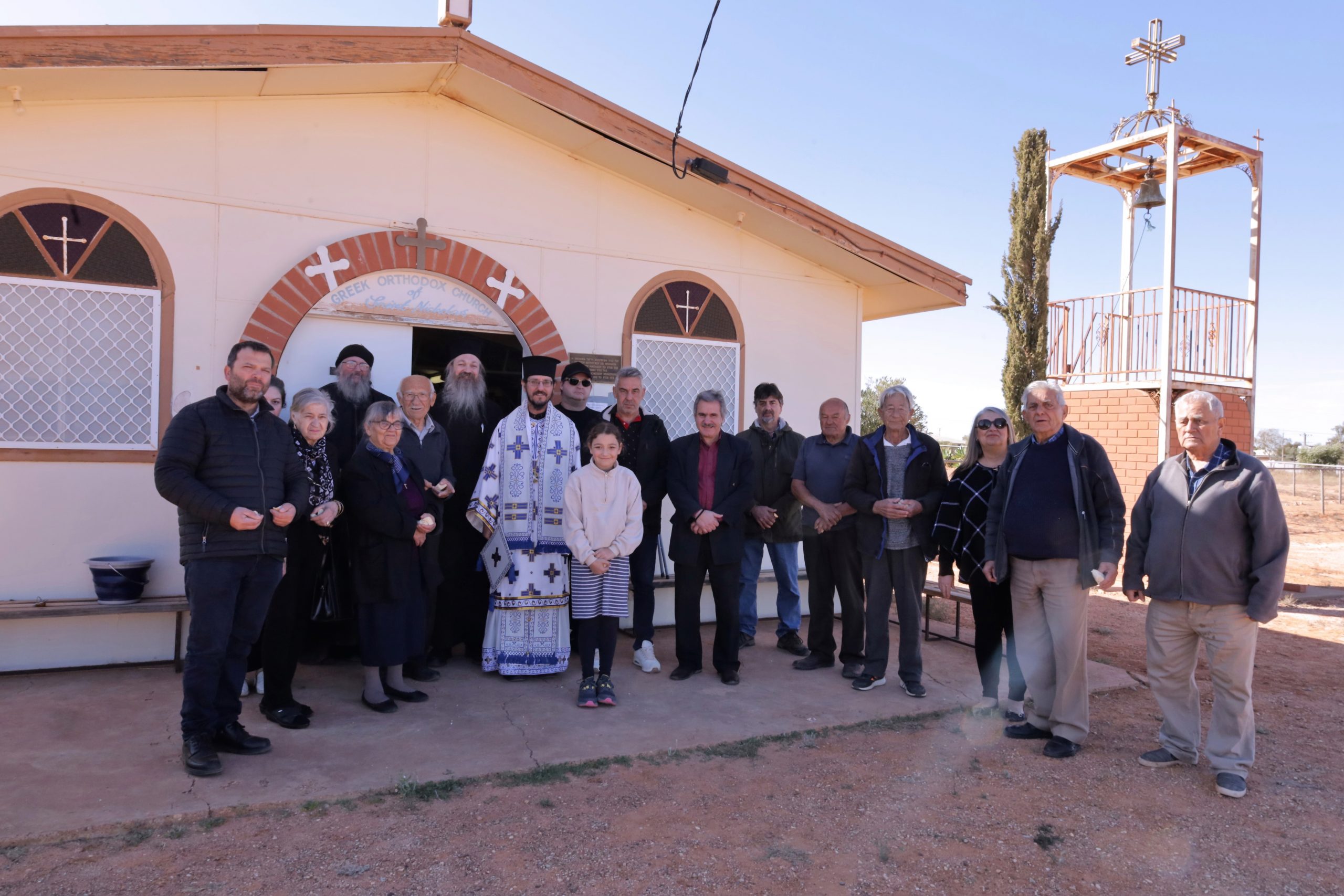

Following the Liturgy, the missionary team bade farewell to Fr John and the locals, and returned to Port Augusta to prepare to celebrate the Beheading of St John the Baptist. They were met there by one of the locals plus some other faithful who had journeyed from Adelaide. The small gathering of a dozen or so celebrated the Festal Vespers together and set up to prepare for the pilgrims coming from Adelaide for the next day.
The Liturgy for the Beheading was celebrated by Bishop Silouan, assisted by Fr Panagiotis Photakis and Fr Jeremy Krieg. Over 30 pilgrims made the trip up on the bus from Adelaide, and combined with the locals and others making their own way, made a gathering of nearly 50 people in honour of the Forerunner. The service was followed by a luncheon creatively prepared by the Central Philoptochos and volunteers in accordance with the strict fasting rules of the Feast.
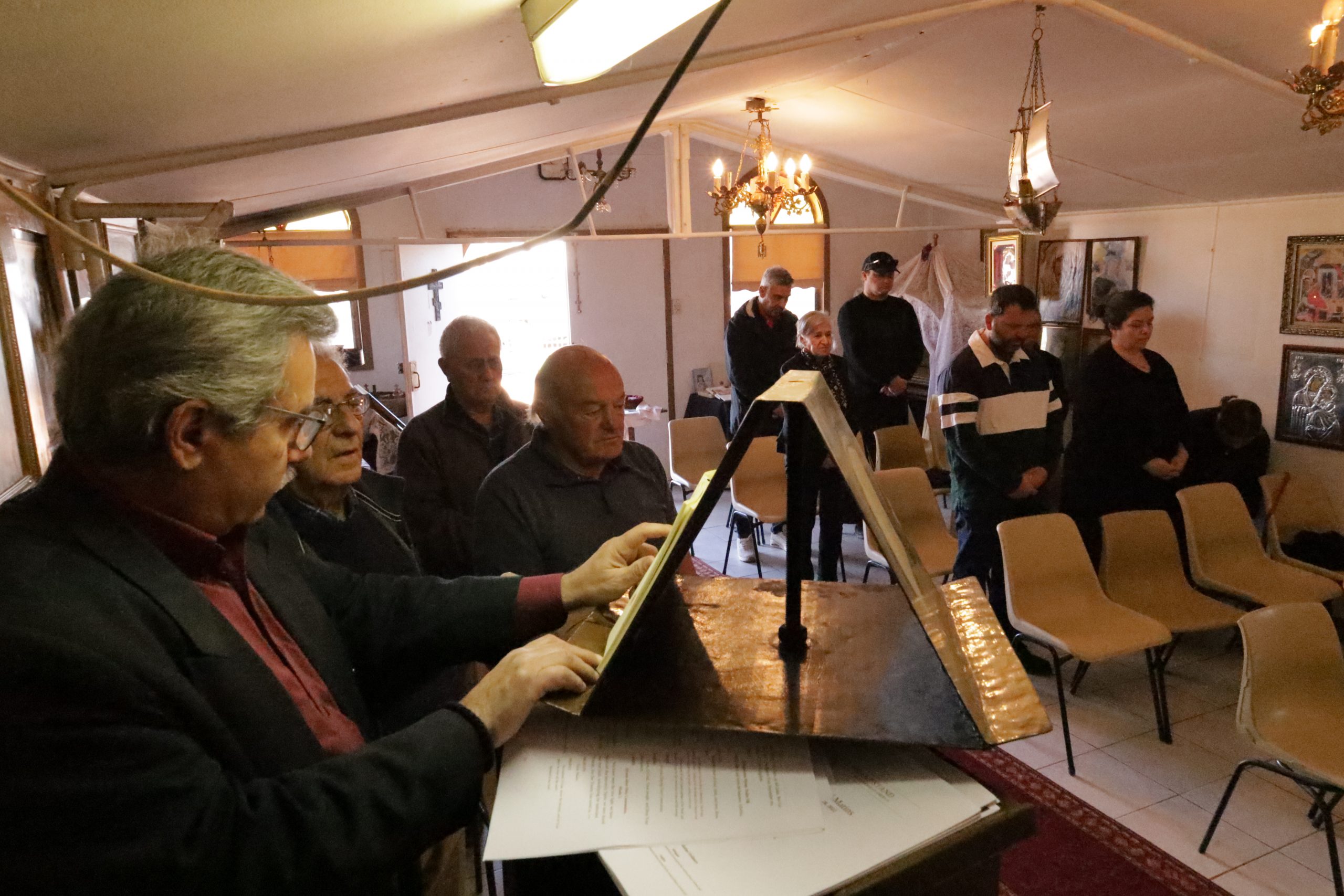

After celebrating the Feast, the missionary team from Adelaide set off on the third and final leg of their tour, returning to Broken Hill to visit the community there. The trip from Port Augusta to Broken Hill of 4.5hrs is around one hour shorter than from Adelaide, and so it was an opportunity to return to rekindle the fellowship and ministry forged during a first visit in May.
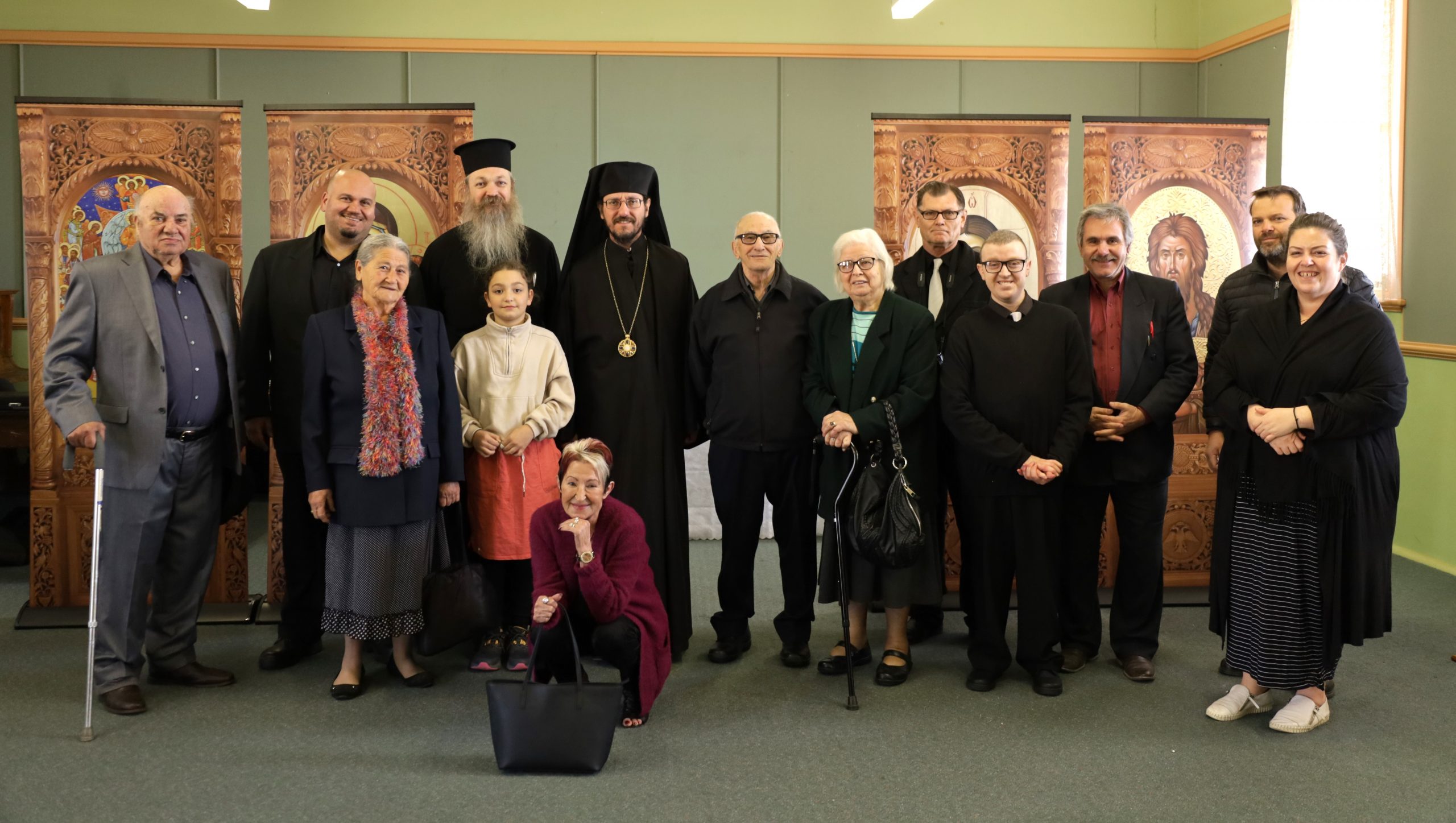

After conducting Vespers, His Grace received through the sacrament of Chrismation a local by the name of Robert, with his foster son Nathan, into the Church, and then bestowed the Church’s Sacrament of Marriage on Robert and his Orthodox wife, Catherine. The trio (along with a dozen locals) then had the opportunity to partake of their first Holy Communion at the Divine Liturgy the following day (Tuesday). The attendance at this service was encouraging as even in city parishes weekday services sometimes struggle to attract such a gathering. The services at Broken Hill were supported by the local Roman Catholic Diocese, who again generously provided their venue.
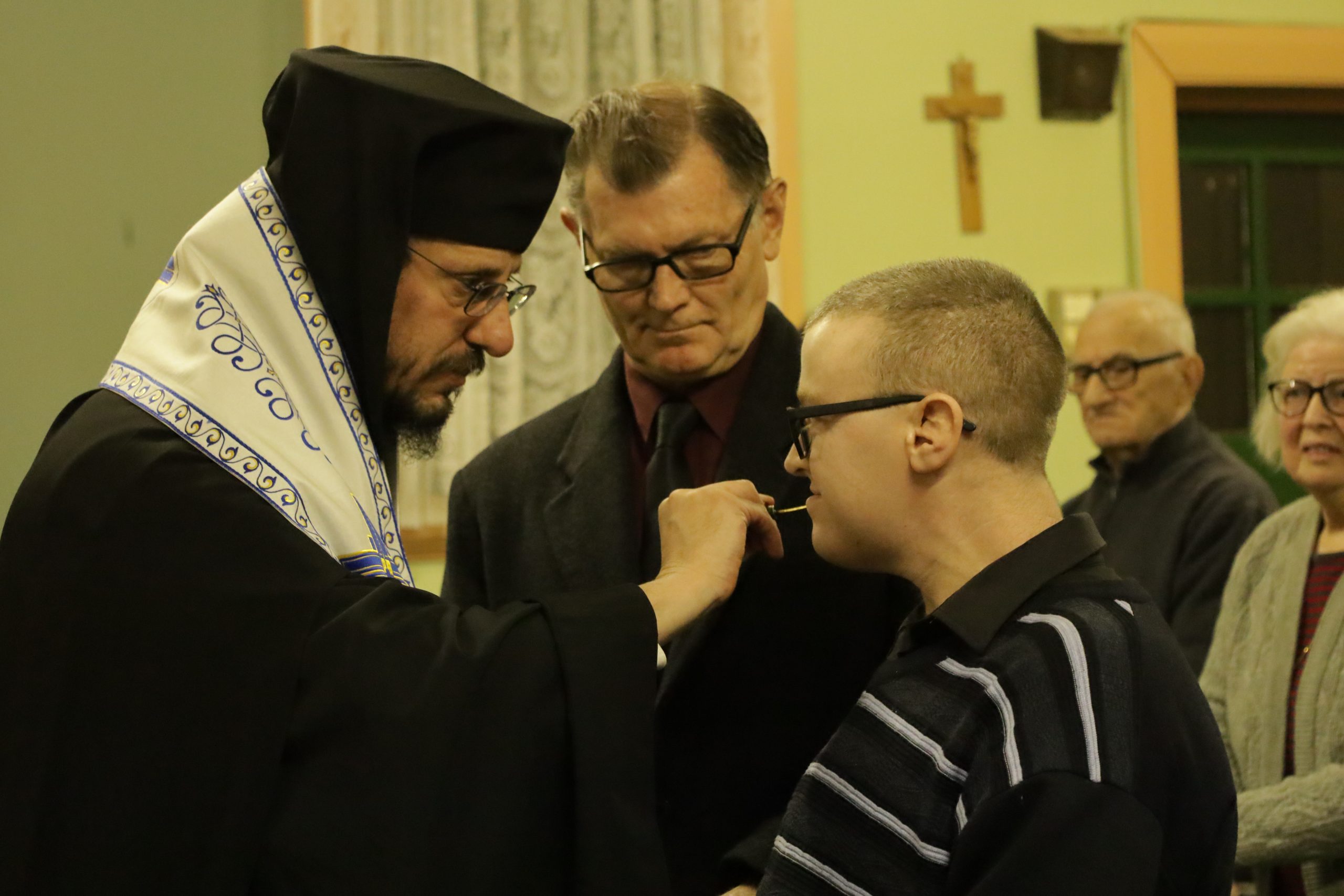

All up, over the four days the team of volunteers from Adelaide covered a marathon of more than 2,300km (the equivalent of traveling from Adelaide to Brisbane via Sydney, or from Jerusalem to Thessaloniki) and over 24hrs of driving. Yet, buoyed by joy of bringing Christ and His Church to these remote towns, the distance did not seem so oppressive.
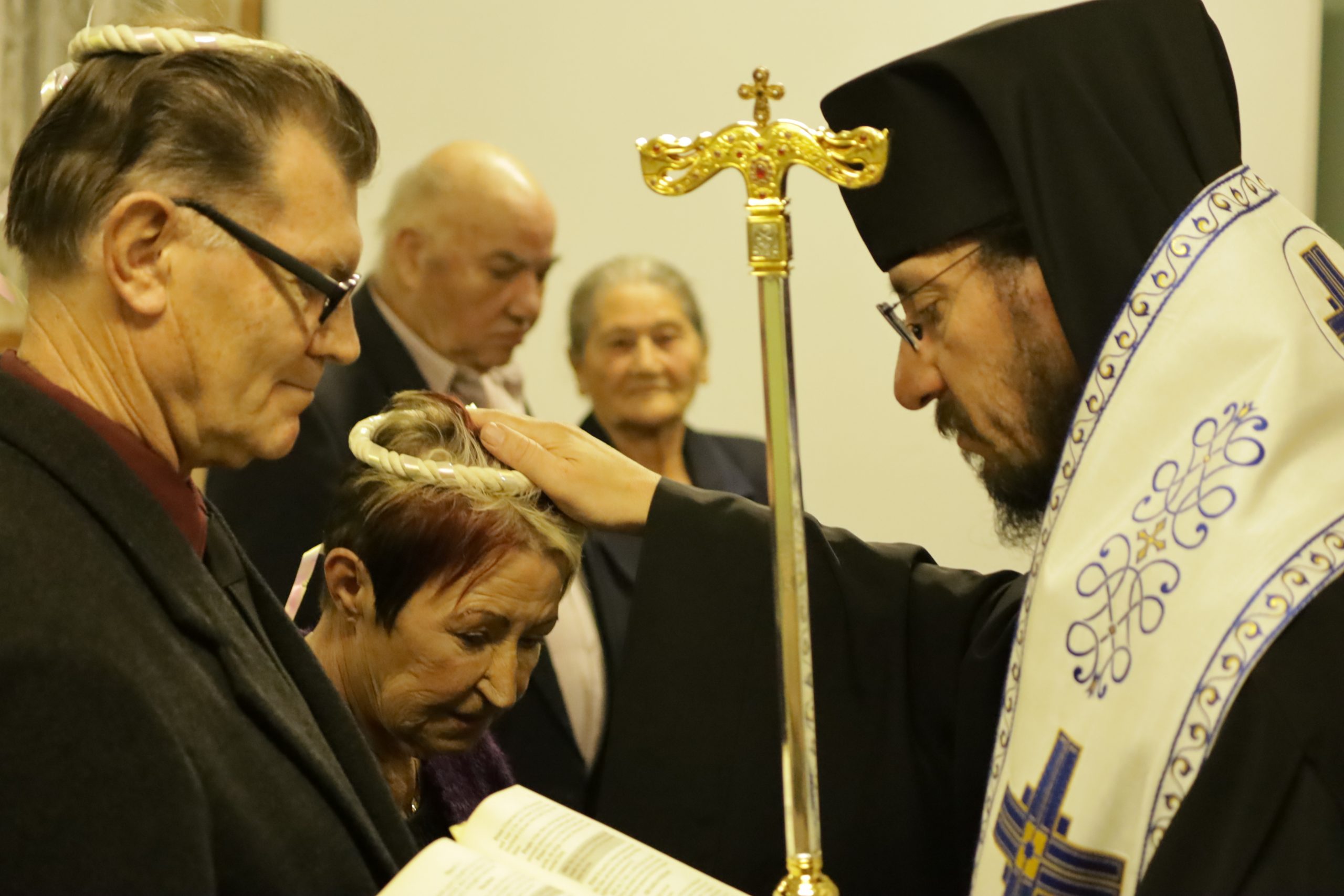

We pray that God, through the continuing Arch-pastoral oversight and support of our beloved Archbishop Makarios, may continue to bless these trips so that His Church may become firmly established in the hearts and minds of people from all corners of the Archdiocesan District of Adelaide.


